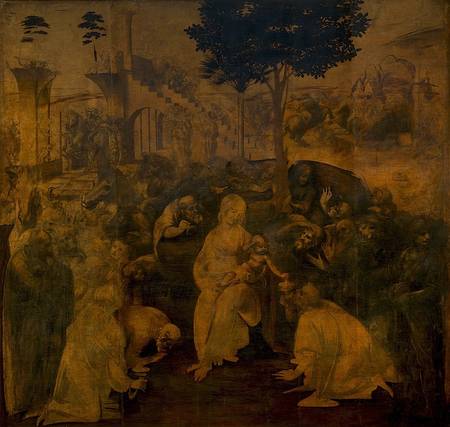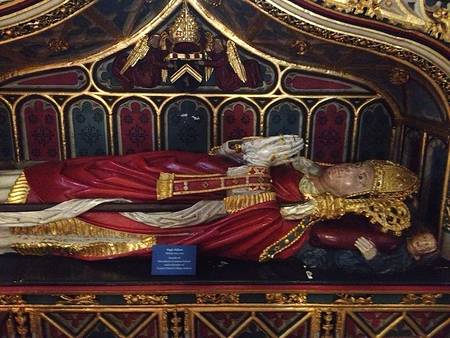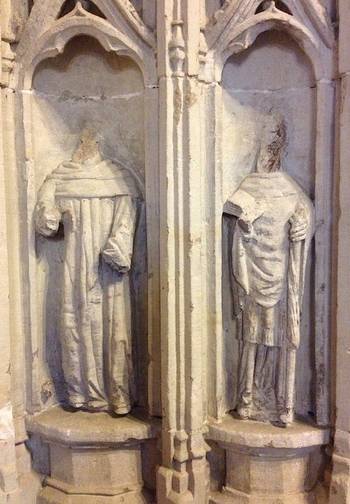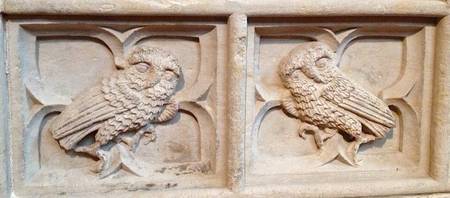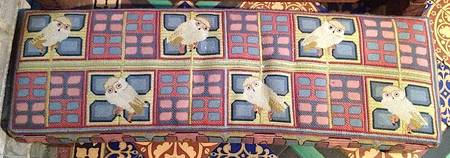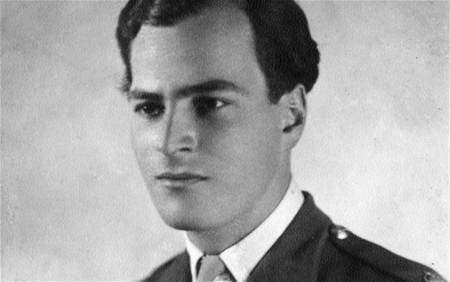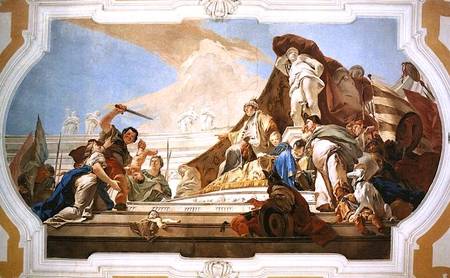“St Agnes’ Eve—Ah, bitter chill it was!
The owl, for all his feathers, was a-cold…”
I have always loved Keats, and he is, of course, a poet with better claims than many others to a Roman association. But as a schoolchild, studying him, I disliked that poem. I sniggered at the line “Into her dream he melted.” I was irritated by the way, for the sake of a perfect jog-trot iambic pentameter, Keats writes “a-cold”, instead of just plain Anglo Saxon “cold”.
It was much later in life that I became acquainted with St Agnes herself, her legend and her beautiful basilica, on the Via Nomentana in Rome’s northeastern outskirts. On the eve of the saint’s feast day, January 21st, the Pope solemnly blesses two white lambs. But why?
The lambs of St Agnes and the pallium
Sigeric of Glastonbury, recently named Archbishop of Canterbury, journeyed to Rome in the year 989 to receive his stole of office, the pallium, from Pope John XV. During his time here, Sigeric visited three churches intimately connected with the manufacture of this vestment, a connection which is still maintained to this day.
Every year, two winter lambs are purchased from the Cistercian monks ofSanti Vincenzo e Anastasio at Tre Fontane, south of the city centre (on the site of the martyrdom of St Paul). It is their wool that will be used to make the pallia. On the feast of St Agnes (21st January), the two lambs are taken to the basilica of Sant’Agnese fuori le Mura and solemnly blessed. The association of St Agnes with lambs comes from a play on the virgin martyr’s name (Agnes) and the Latin word for a lamb (agnus). If the pope is not personally present at the service, then the lambs are afterwards taken to the Vatican, decked in white roses, to receive his benediction. After this they are entrusted to the care of the Benedictine sisters of the convent of Santa Cecilia in Trastevere, where they are raised with the utmost care until Holy Week, when they are shorn. The nuns weave their wool into the pallia which will be conferred on new metropolitan archbishops on the Feast of St Peter and St Paul (29th June). In the apse mosaic of Santa Cecilia in Trastevere, Pope Paschal I is shown wearing the pallium. His is pure white, adorned with two red crosses.
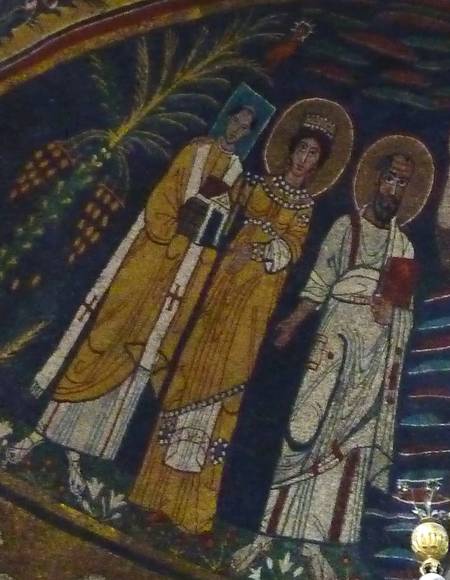
Each of these churches, SS Vincenzo e Anastasio, S. Agnese fuori le Mura with its attached catacomb, and S. Cecilia, is hugly rewarding to visit. You can read more about them in Pilgrim’s Rome: A Blue Guide Travel Monograph.







